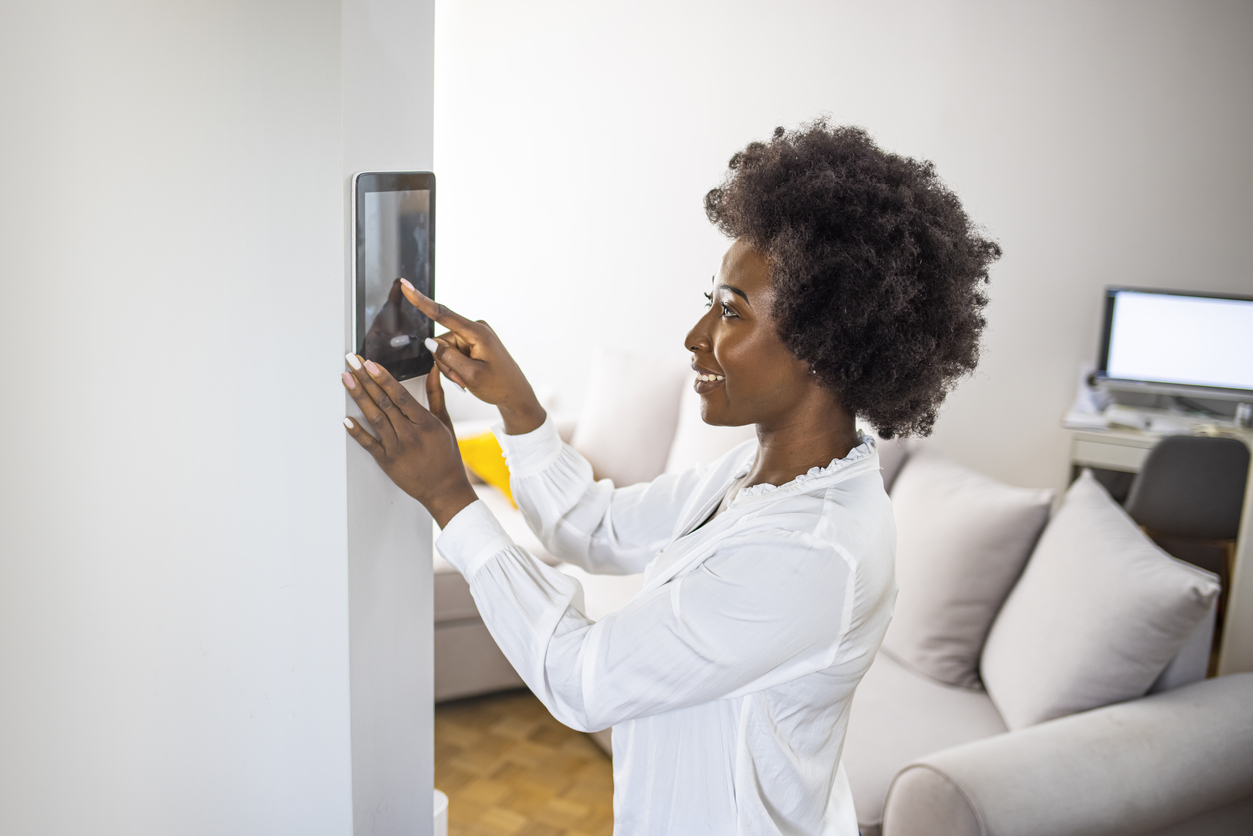Utilities are in a unique position, as their customers span multi-generations, income and education segments, renters, homeowners, and individuals, in addition to families. In traditional, non-retail markets, which represent the majority of households, their relationship is long-term. They are a trusted advisor in their communities, even though many consumers only interact with their utility when moving to a new residence, paying a monthly bill or when an outage occurs. Energy management is a key component of the connected home, and utilities are a key distribution point — 23 percent of U.S. broadband households that bought a smart home device in the past 12 months made the purchase due to an incentive, discount, or rebate from their energy provider.
New business models and technology provide opportunities to change the customer relationship and drive engagement and participation in utility programs that optimize energy usage and incentivize consumers to be more energy-efficient. Progress over the past few years includes new partnerships that enable utilities to integrate with different platforms to provide consumers with a more personalized/interactive experience with their utility provider.
While most consumers value having a high-efficiency home, most also have a low bill. The Energy Information Administration (EIA) reported an average monthly energy bill of $111.67 in 2017 in the U.S., with a third of households having an average utility bill of less than $100. Parks Associates’ latest research of 10,000 Internet households shows that the average spending on electricity is $146 per month.

The use of renewable energy is changing consumers’ mindsets to a more energy-conservative concept. Utility providers and technology companies are currently implementing solutions that give consumers the means to monitor and set energy usage in their homes with the rollout of smart meters across the U.S. According to the U.S. Energy Information Administration, “U.S. electric utilities had about 102.9 million advanced (smart) metering infrastructure (AMI) installations and about 88 percent of them were residential customer installations.”
Parks Associates’ latest data shows that 44 percent of Internet households, or almost 50 million households, say they are taking active steps to reduce their energy consumption at home. Utilities seeking to fulfill the goals of energy efficiency programs are introducing new home energy management programs (HEMS). These programs utilize energy monitoring and data services to allow customers to view their energy usage. Usage feedback and tips may take the form of a bill insert, web application, or mobile app.
Utilities have been the primary providers of HEMS tools and have helped attract and retain customers and meet energy efficiency goals. As more home automation platforms include energy monitoring features, bundling of services will likely disrupt the position of utilities, as integrated services offer consumers convenience through centralized control, data dashboards, and communications. The challenge of HEMS services is in keeping consumers engaged over time after the initial novelty wears off.

To date, U.S. household adoption of smart home products is driven by security and safety use cases, but energy-related use cases are helping push the smart home market beyond early adoptions to reach the more cost-conscious mass market. Behavior modification, i.e., adjusting lifestyle patterns to realize greater efficiencies, is key to effective home resource management. The intelligence and automation offered by these smart energy and water devices can free the consumer from the daily choices required to manage energy or water resources better.















